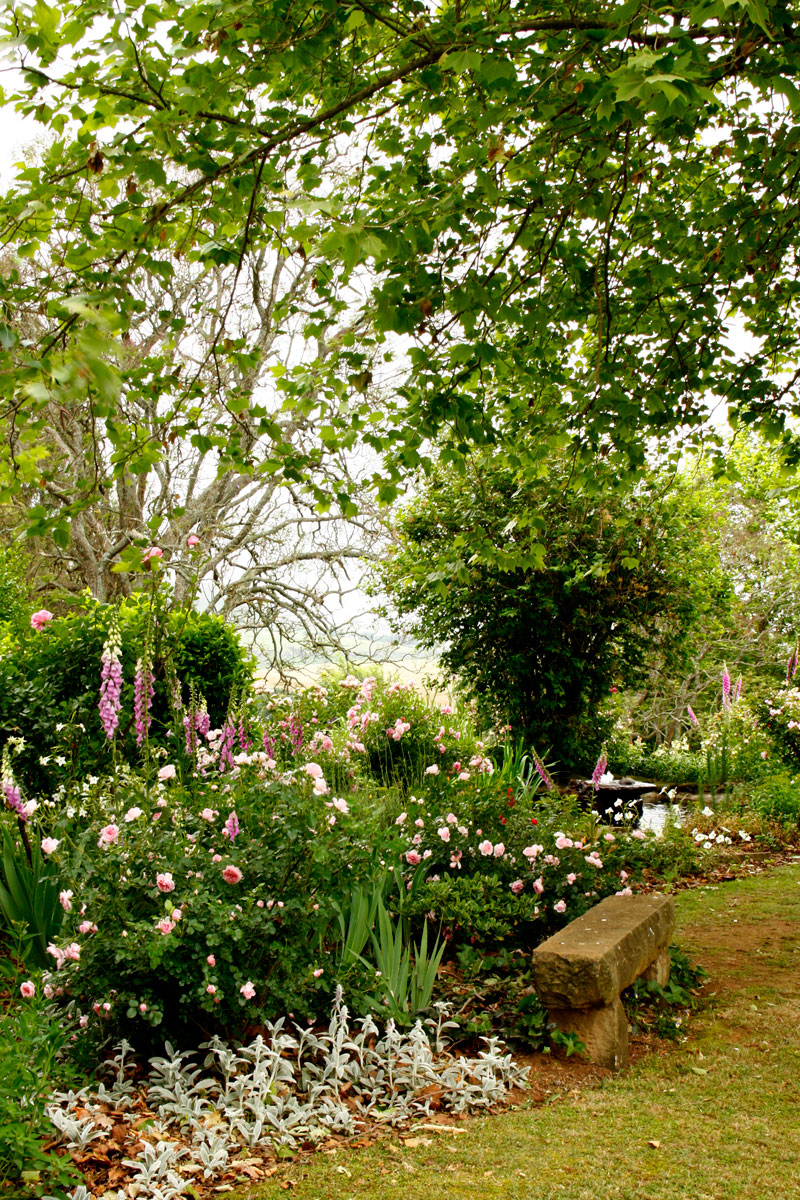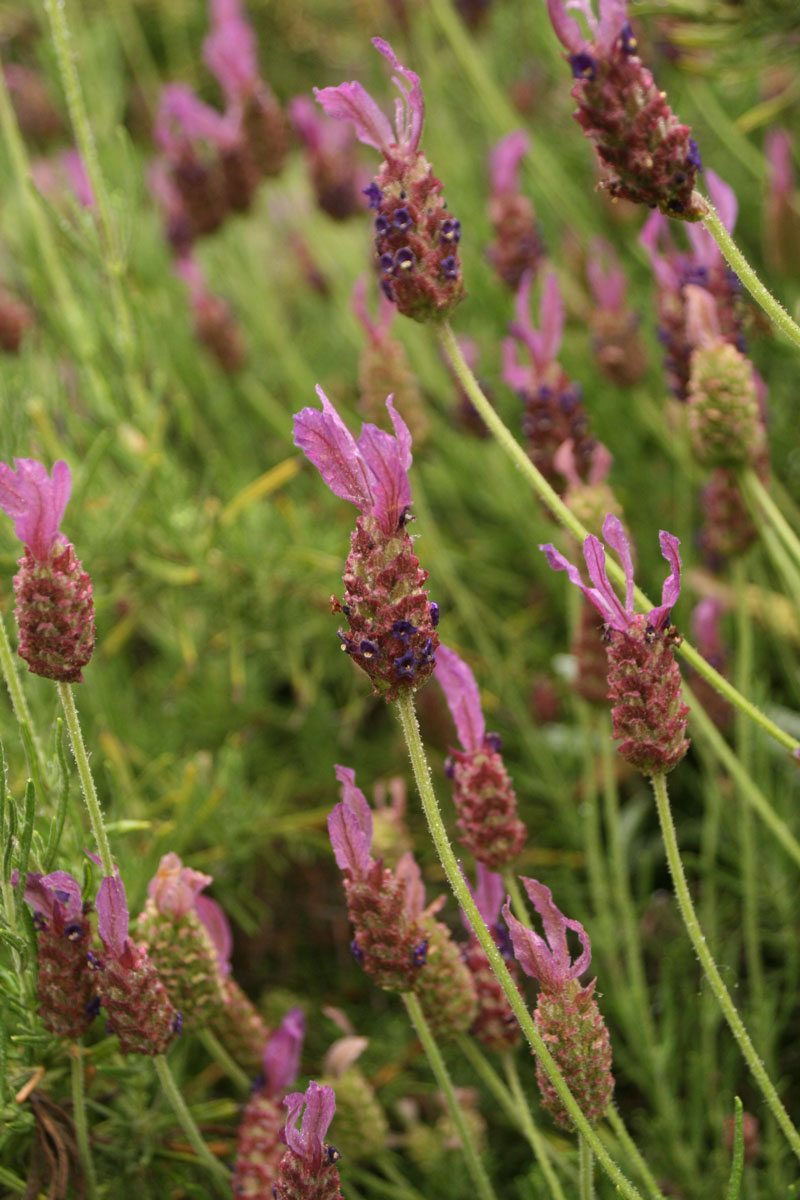Spring is the best time to start a new garden or revamp an old one and if you’re a novice gardener there are a few things to consider before you start planting all your favourite flowers
1. Examine your garden
Each garden has its own unique conditions that determine which plants will thrive in it. It’s worth paying attention to these, as while some of them can be altered or improved, it’s always best to work with nature rather than against it.
A few considerations:
Climate and microclimate: Do you live in a warm or cold climate? Each garden also has its own microclimate and sometimes a few microclimates. Some plants are more adapted to cold conditions and will tolerate frost, while others prefer a warm climate.
Rainfall: How much rainfall do you receive in a year and does it fall in winter or summer? By selecting plants that are adapted to your rainfall patterns, you’ll reduce your watering time.
Soil type: Examine the soil in your garden to determine if it’s clay, sandy or loam. Some plants grow in all types of soil, but others will only flourish if planted in their preferred soil.
For more on testing soil click here
2. Choose a design
This is the fun part; let your imagination run loose and choose a design that suits you and complements the style of your house. An abundant cottage garden with flowing borders and colourful flowers is ideal for a traditional house, a gravel and succulent garden will suit a modern home, while a formal garden with symmetrical beds and topiary is perfect for a Tuscan or Provençal home.
3. Choose a colour scheme
Try not to include more than three colours in a border (apart from the obvious green), and think about adding white to give the scheme a lift. The texture of foliage also plays an important role as it forms the backbone of the garden and looks good even when nothing is in flower. Choose plants with a variety of foliage shapes and sizes and in different shades of green.
4. Make a plan
Put your ideas on paper. Your plan doesn’t need to be to scale, just draw the beds and borders as well as the hard landscaping elements like pathways and water features. Water features make great focal points, and pathways add a sense of mystery and encourage further exploration.
5. Go shopping
After all your careful planning, it’s time to visit the nursery. Before you go, consider these pointers:
- Look for plants with healthy green leaves.
- Choose plants with lots of unopened buds rather than those that are already flowering.
- Avoid plants with yellow leaves and spindly growth.
- Look for shrubs with a good shape and many branches.
- Avoid plants with exposed roots or roots that are matted and growing out of the bag or container.
- Make sure there are no weeds growing in the container or bag.
6. Prep and planting
Soil preparation is key to the success of your garden. Compost is an essential component of healthy soil, and well-rotted kraal manure is a good option if you want to give your plants a head start. Work these organic materials into the soil with a garden fork, remove any unwanted plants, rocks and stones and dig the soil over to a depth of at least 30cm.
7. Caring for your plants
New plants need regular watering, but once established this can be reduced to two to three times a week, depending on your climate, rainfall and plant choices. Deep infrequent watering is better than light frequent watering as watering deeply encourages plants’ roots to grow deeper towards any moisture, enabling them to go for longer periods without water. *Water for about 20–30 minutes at a time.
Top tip: Replenish your beds with compost at the beginning of each planting season and incorporate some fertiliser if you want to give your plants a boost.

